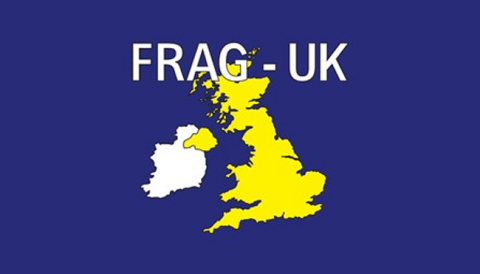The AHDB-supported Resistance Action Groups (RAGs) are informal, UK-based groups consisting of experts from the Crop Protection Association (CPA) member companies, other representatives from the agrochemical industry, a range of independent organisations, including public-sector research institutes, and the Chemicals Regulation Directorate (CRD).
Download the guides below.



